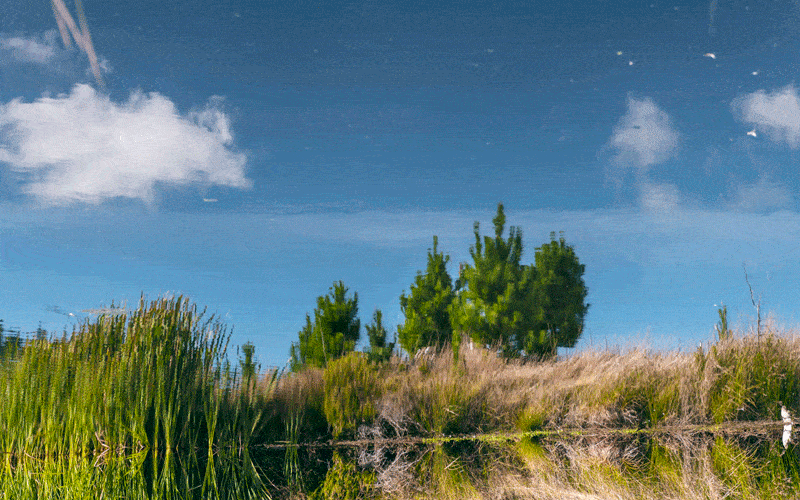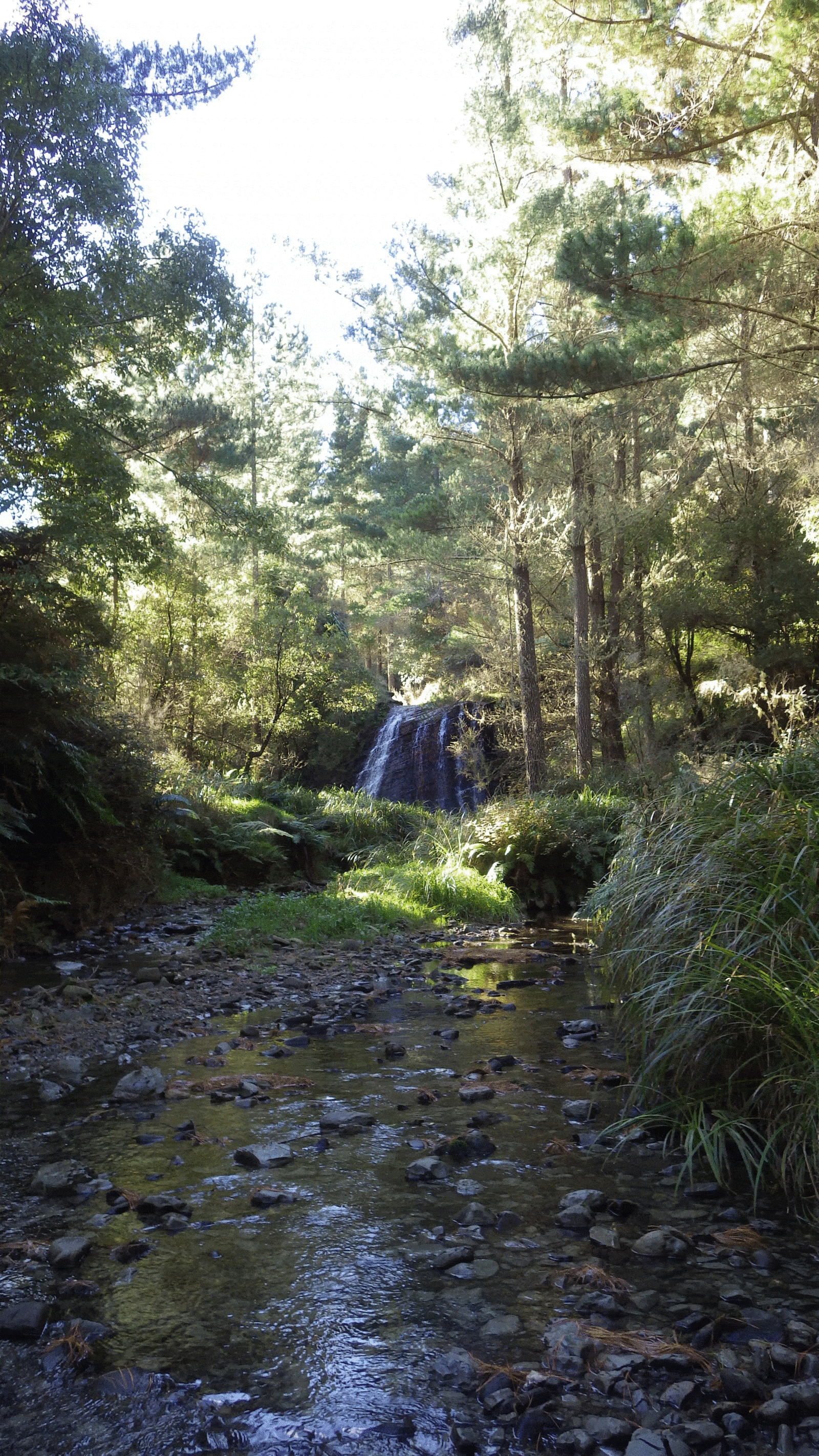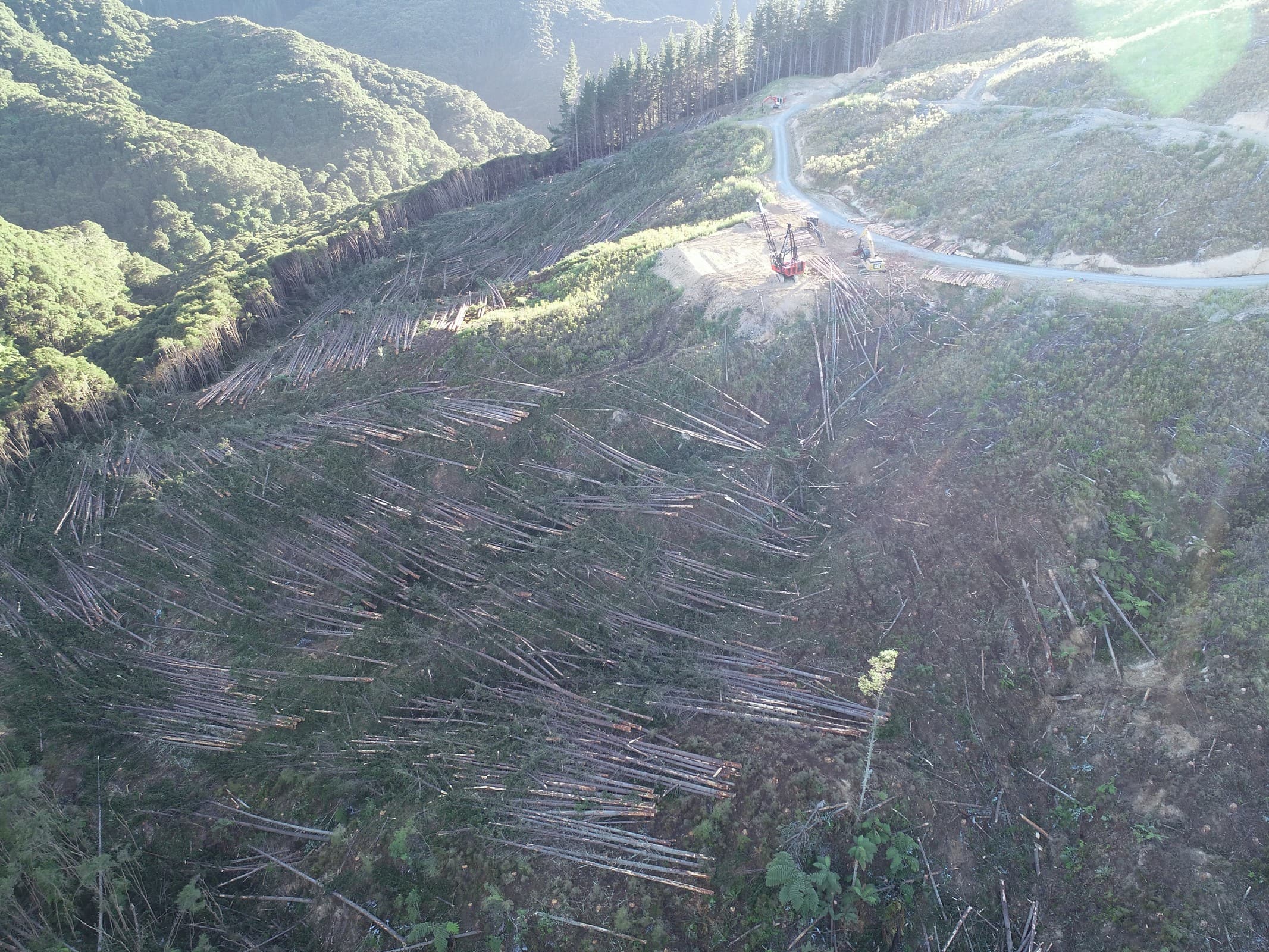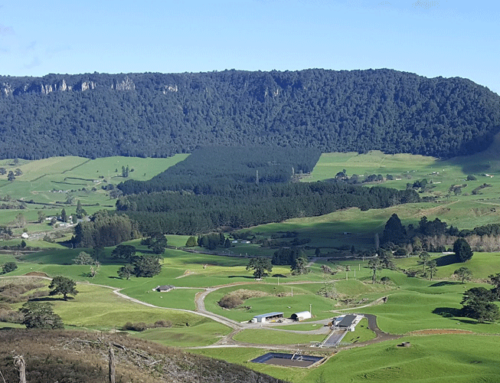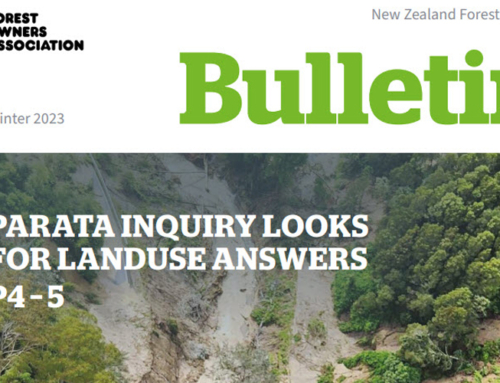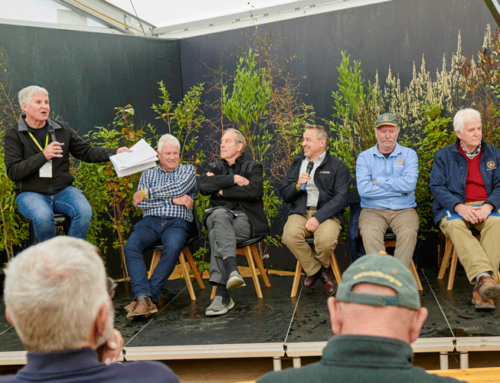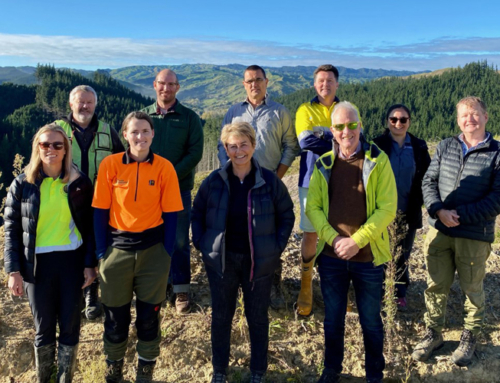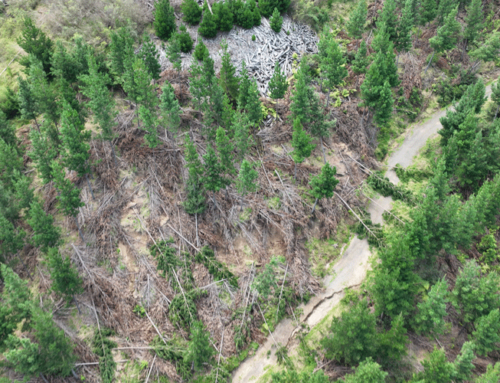Forest Enterprises manages 10,000+ hectares of Radiata pine plantation forest in the Gisborne Tairawhiti region. We started buying land here in the early 1990s, particularly after Cyclone Bola. Because of the damage caused, farmers were unable to sustainably farm the land. There was therefore a lot of rural land for sale as pastoral farming on this erodible land was risky and uneconomic.
There was no easy solution to continue the pastoral land use and this was a very tough time for farming families. There was no better offer in the market for farmers than to sell to Forest Enterprises. The change in land use occurred because Forest Enterprises was able to offer a compelling proposition to investors, to make sustainable returns from this land and a forest crop.
Grass is shallow rooted and turf has limited capacity to absorb water or mitigate run off in high intensity rains. Forest canopies intercept rainfall and with deeper roots have a larger impact on soil stability. We didn’t buy this land just to supply environmental benefits to our downstream neighbours; that benefit is just another arising from good forest practice.
Our purpose is to create an economic return for our investors, and in doing so the many benefits of forests leave the countryside healthier and more resilient than we found it. The forests also provide significant community benefits through employment in well-paid jobs, as well as creating sustainable timber for building materials.
Streams
The photo below shows one of many streams flowing from Clearview Forest, high up on the plateau off Kanakanaia Road. Trees in this area were planted to within 2-5m of the stream edge.
At Clearview the pines have shaded the stream reducing water temperature. This shading is very beneficial to biodiversity within the stream and on the wetland margins. The tree crop and understorey as land cover has also greatly slowed down the mobilisation of sediment from slips and erosion, which leaves the streams to flow clear and cool. The small insects present find habitat improvement and shelter, and feed on the timber and branches which fall in the streams. Fallen timber in streams slows down water flow and forms pools and areas of cover from predators.
The next rotation crop trees will be set back 10-20m from stream edges to form permanent riparian margins. These margins will be vegetated from the natural regeneration of native species which is now far more common and widespread after grazing stock were eliminated more than 20 years previously.
Ponds and Wetlands
The ponds in Bloomfield Forest (shown below) were established by the previous farming owner of our Parehaka forest group, on Kanakanaia Road inland of Te Karaka. These ponds are manmade and provide a beautiful setting as well as an excellent habitat for birdlife and wetland creatures.
Our goal here is to maintain the natural capital that existed when we took over stewardship of the land and improve it where we can. We have protected the ponds and incorporated them into our management plan for the forests. We can harvest the pine crop from this area using careful harvest systems in such a way as to retain all the beneficial qualities of the ponds and cause no harm.
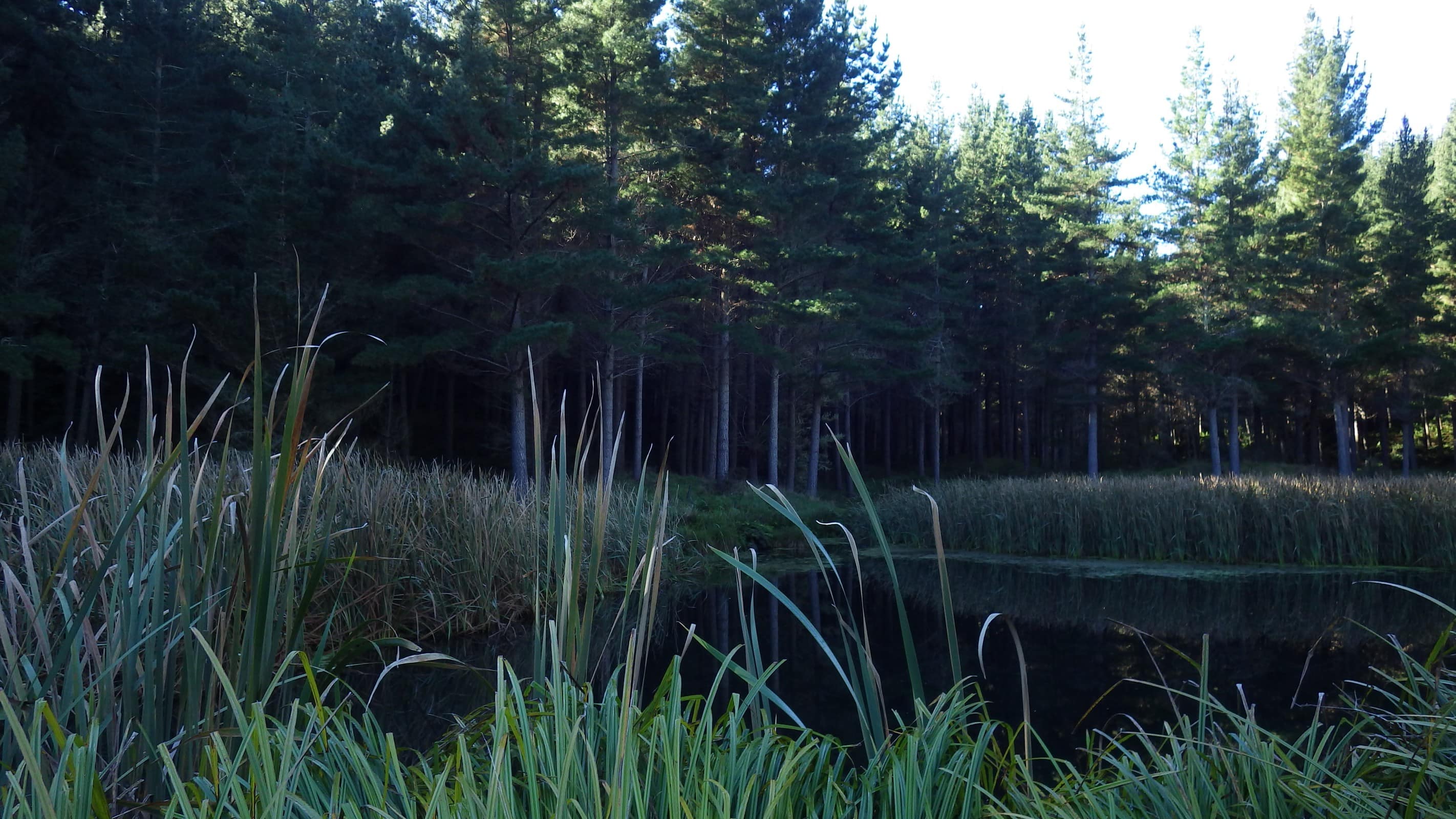
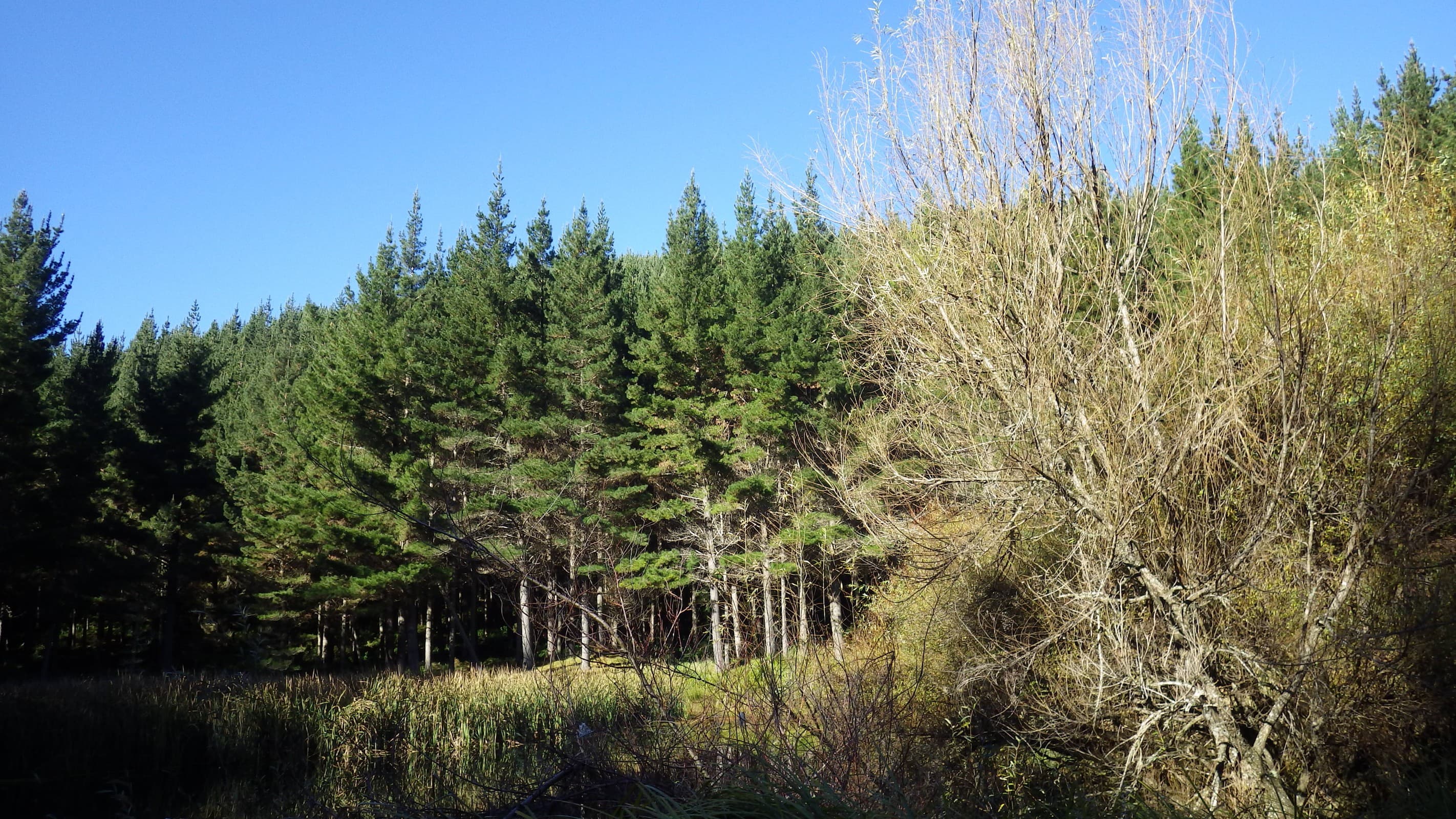
Native Bush
This hauler site in Hokoroa Forest (below) shows the large areas of kanuka regeneration along the tree crop margins which we are preserving undamaged during our harvest operations.
Kanuka provides a good environment for insects such as weta and other invertebrates. We are retaining these areas of diverse native tree species within our forests as they protect waterways and offer habitat and cover for birds, lizards and insects to flourish. Kanuka and other native tree and shrub species are very resilient to well managed logging practises and we appreciate these diverse areas within our forests.
Our investors want to make a return on their capital, but they want to do so in a way that is sustainable and safe. Environmental benefits often have monetary costs, and we must strike a balance so that we can do well from doing good. If we can strike that balance, then the benefits of commercial forestry will continue to reward us all as a society, as well as individually, for generations.



